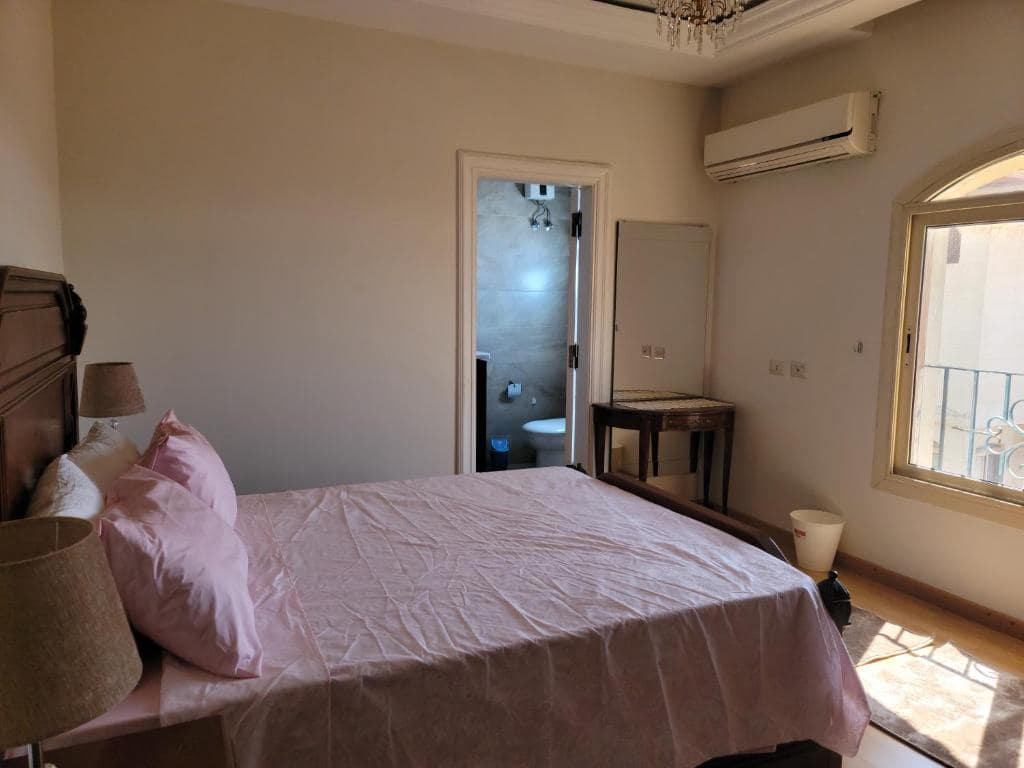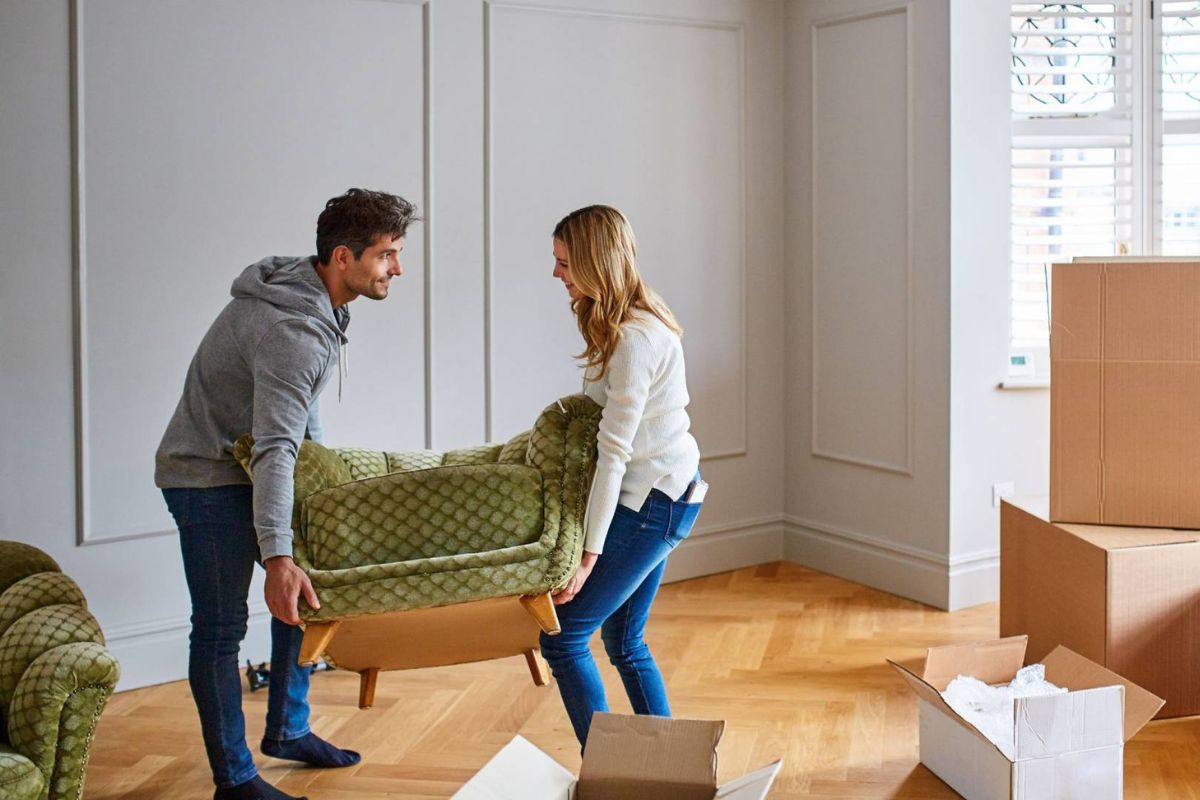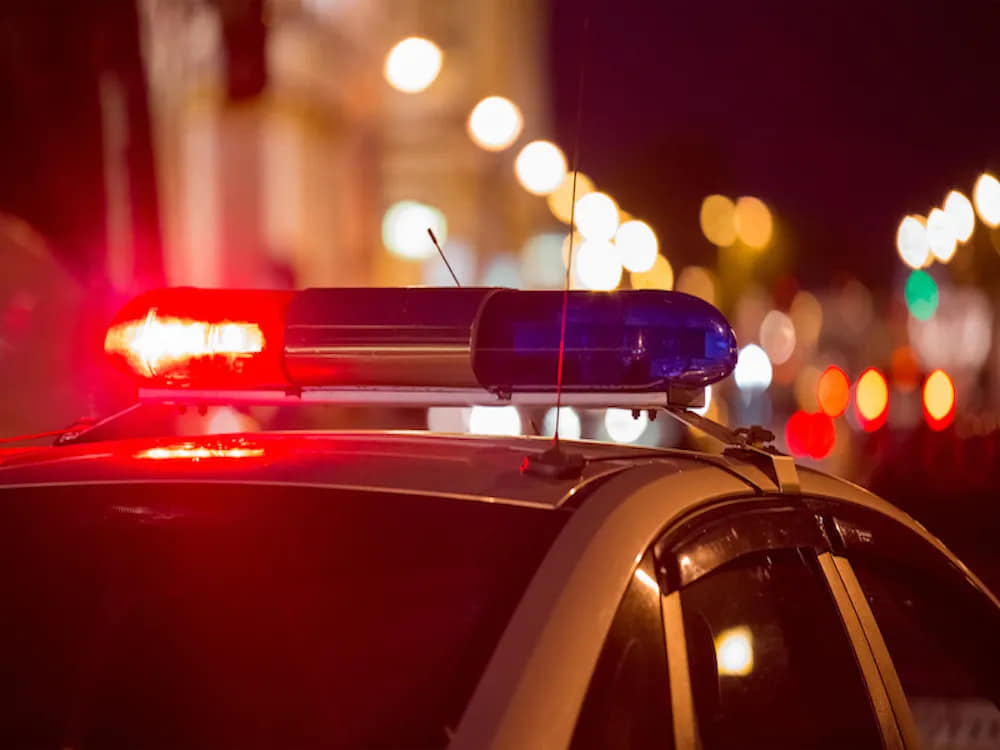Living in an apartment complex can present the frustrating challenge of dealing with excessive stomping noises from your upstairs neighbors. This issue becomes particularly bothersome during late hours, hindering your ability to get a good night's sleep. Rest assured, you are not alone in facing this predicament, as numerous apartment dwellers encounter similar situations.
In this insightful article, we will explore various approaches to address the issue of noisy upstairs neighbors, providing you with practical solutions to minimize disturbances. Additionally, we will delve into the topic of recording the stomping sounds emanating from the floor above you, enabling you to gather evidence if necessary.
What Equipment Do You Need to Record Upstairs Neighbor Stomping?
Recording the sound of your upstairs neighbor stomping doesn't necessarily require expensive or specialized equipment. You can effectively capture the stomping noise using devices you likely already own, such as a smartphone, tablet, or PC. If you opt for your PC, ensure you have a recording program installed and an external microphone or digital voice recorder.
The great news is that you don't have to make any costly purchases or deal with complicated setups. The key is to position your recording device as close to the source of the stomping noise as possible. This placement ensures optimal sound quality and increases the chances of accurately capturing the noise.
While a built-in dynamic microphone can work for general recording, it may not be ideal for capturing stomping sounds in detail. For better results, consider using a condenser microphone. Condenser microphones excel at capturing delicate sounds with their high sensitivity.
Look for a condenser microphone with a good low-frequency response and a cardioid polar pattern, which focuses on capturing sound from the front while minimizing background noise.
Can I Record the Upstairs Neighbor Stomping?

The short answer is YES. You have every right to record the disruptive sounds caused by your upstairs neighbor. This provides you with concrete evidence to support your complaints to relevant parties such as your landlord or the local police department. Nonetheless, there are a few considerations to bear in mind.
Recording the noise serves as a means to present a compelling case and be taken seriously by authorities, homeowner associations, or your landlord.
However, it is advisable to attempt communicating with your neighbor about the noise issue before resorting to recording. If they respond positively and make efforts to reduce the noise, recording might not be necessary.
However, if your neighbor remains uncooperative, it is essential to gather evidence. You can use your smartphone or any recording device to capture the bothersome sounds, which will serve as solid proof of the noise disturbance.
How To Address and Deal With Noise Disturbances?
Living in close proximity to neighbors can come with its fair share of challenges, and dealing with noisy neighbors, particularly those residing directly above you, can be a frustrating experience.
However, there are several effective strategies you can employ to mitigate this issue and restore tranquility to your living space. Let's explore some practical steps you can take:
Communicate with your neighbors
Initiate a friendly conversation by knocking on their door or leaving a polite note expressing your concern about the noise. It is possible that they are unaware of the disturbance caused by their activities.
Seek assistance from the homeowner's association or landlord
If direct communication fails to yield results, you can involve the homeowner's association or your landlord. Provide them with evidence of the disruptive noise, such as recordings or written documentation, to support your complaint.
They have a vested interest in maintaining a peaceful living environment and should be willing to address the problem.
Utilize noise-canceling devices
When dealing with occasional noise disturbances, investing in noise-canceling earplugs or headphones can be an effective temporary solution. These devices can help block out the unwanted noise, allowing you to regain a sense of peace and tranquility.
Soundproof your living space
If the noise from your upstairs neighbors is persistent and significantly impacting your quality of life, you may consider soundproofing your room. While this can be a costly endeavor, it can provide long-term relief from the disturbances.
Soundproofing involves adding materials to the ceiling and walls to minimize the transmission of sound vibrations.
Maintain a calm and polite approach
Regardless of the method you choose, it is crucial to approach the matter with calmness and politeness. Being aggressive or displaying anger can hinder effective communication and worsen the situation.
How to Record Upstairs Neighbor Stomping – Step-By-Step Guide
Step 1 – Turn off all the noise/sound in your apartment
To ensure clear recordings, eliminate background noise by closing windows to block out street sounds and turning off any appliances or gadgets that could produce noise.
Step 2 – Get closer to the source
Position yourself closer to the ceiling where the stomping noise originates. If you're unable to reach, consider using a stable step ladder or a tripod stand to elevate your recording device. This helps capture the sound more accurately and minimizes interference from your own surroundings.
Step 3 – Mute or silence your recording device
To prevent any unwanted interruptions during the recording session, put your device in silent mode or enable airplane mode. This ensures that incoming calls, notifications, or pop-up sounds won't disrupt the recording process.
Step 4 – Choose the right recording device
Consider using a dedicated audio recorder or a smartphone app specifically designed for high-quality audio recording. These tools often offer better sound capturing capabilities, adjustable settings, and noise reduction features.
Step 5 – Adjust microphone settings
If your recording device allows it, adjust the microphone settings to optimize the audio quality. You may want to increase the sensitivity or adjust the directionality of the microphone to focus on the source of the stomping noise.
Step 6 – Start recording at the right time
Wait for the stomping noise to begin and ensure you are ready to start recording promptly. It's helpful to have a clear idea of when your neighbor usually engages in activities that cause the noise. This way, you can anticipate the right time to capture the sound.
Step 7 – Use video recording for additional evidence
If possible, consider using video recording instead of just audio. Video footage can provide visual evidence of the disturbance, such as the shaking of objects or vibrations in your apartment caused by the stomping. This can strengthen your case if needed.
Step 8 – Capture multiple instances
Record the stomping noise during different instances to gather a comprehensive collection of evidence. This can help demonstrate the consistency and frequency of the disturbance over time.
Step 9 – Keep backups of your recordings
Make sure to save your recordings in a secure location, preferably on multiple devices or storage mediums. This ensures that you have backup copies in case of accidental deletion or device failure.
Step 10 – Document additional information
Alongside your recordings, maintain a log or diary noting the dates, times, and duration of the noise disturbances. Include any additional relevant observations, such as the impact on your daily activities or any attempts made to address the issue with your neighbor.





